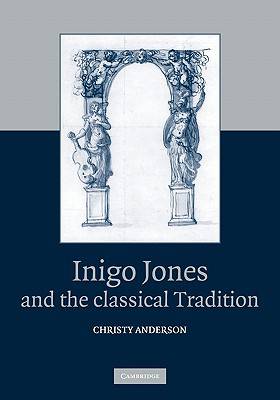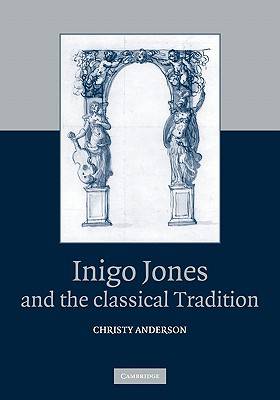
- Afhalen na 1 uur in een winkel met voorraad
- Gratis thuislevering in België vanaf € 30
- Ruim aanbod met 7 miljoen producten
- Afhalen na 1 uur in een winkel met voorraad
- Gratis thuislevering in België vanaf € 30
- Ruim aanbod met 7 miljoen producten
Zoeken
€ 72,45
+ 144 punten
Uitvoering
Omschrijving
Inigo Jones worked as hard on the creation of his architectural persona as he did on the design of the buildings for the early Stuart court. Through his study of continental architectural and art theory, humanist education, and courtly behavior, Jones redefined the intellectual status of architecture in England and forged a new role for the architect in public life. Since his death, he has been variously described as the first educated architect, the first classicist, the first Renaissance architect in Britain, and the savior of British building from the long winter of the Elizabethan style. This reputation has overlooked the many ways that Jones drew on English customs in order to shape classical architecture for a domestic audience. This 2006 book explores the creation of Jones as professional architect and the development of classical architecture in England through a study of his reading, writing, and architectural practice.
Specificaties
Betrokkenen
- Auteur(s):
- Uitgeverij:
Inhoud
- Aantal bladzijden:
- 294
- Taal:
- Engels
Eigenschappen
- Productcode (EAN):
- 9780521181310
- Verschijningsdatum:
- 25/11/2010
- Uitvoering:
- Paperback
- Formaat:
- Trade paperback (VS)
- Afmetingen:
- 178 mm x 254 mm
- Gewicht:
- 512 g

Alleen bij Standaard Boekhandel
+ 144 punten op je klantenkaart van Standaard Boekhandel
Beoordelingen
We publiceren alleen reviews die voldoen aan de voorwaarden voor reviews. Bekijk onze voorwaarden voor reviews.











